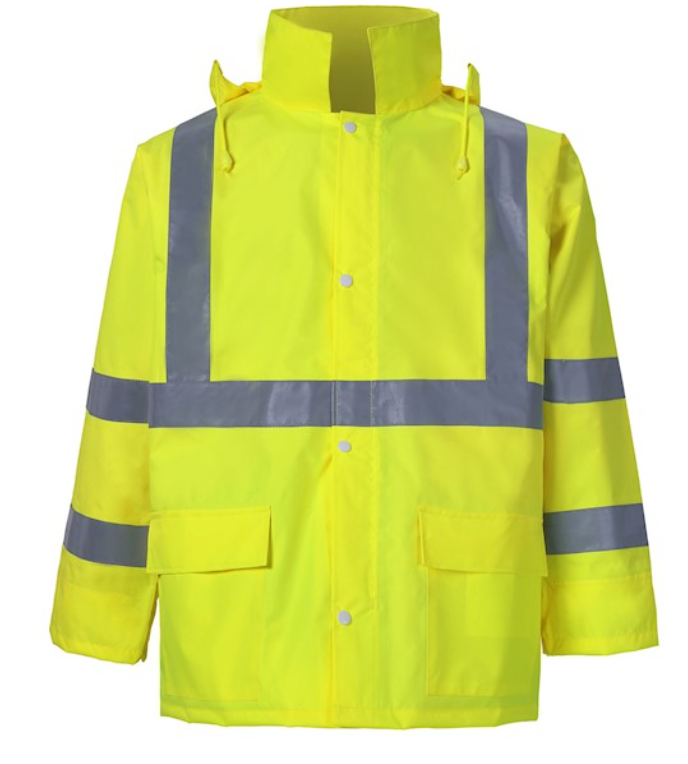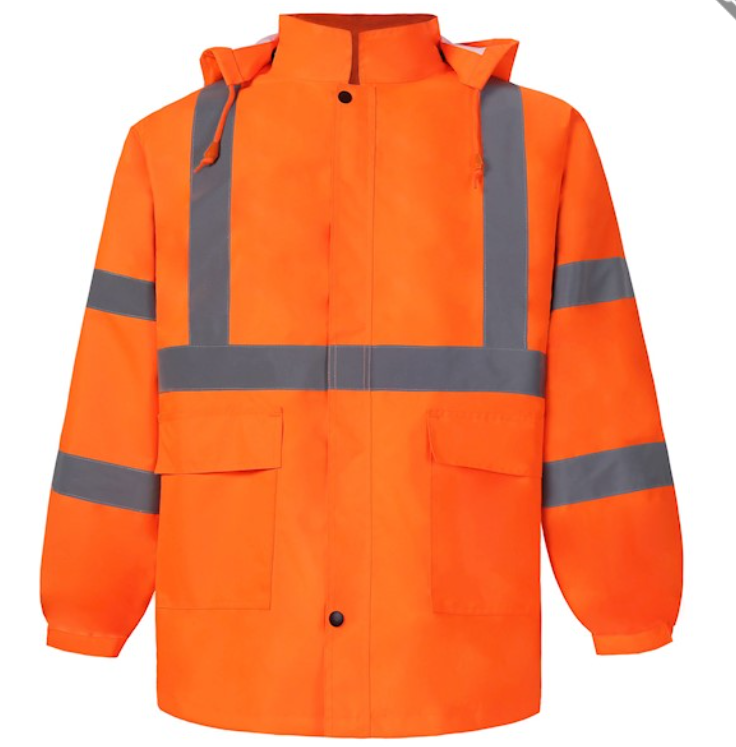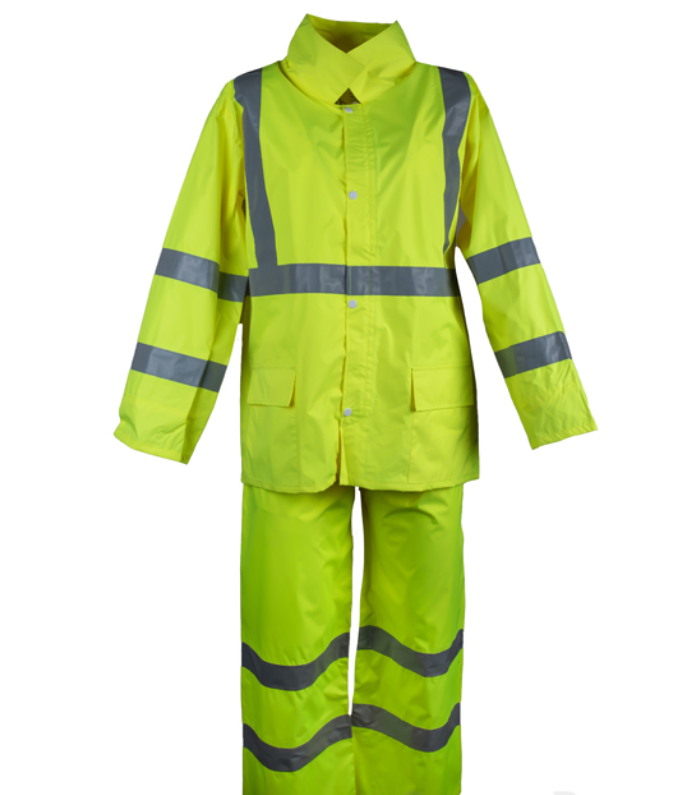Combination of organic fertilizer and chemical fertilizer combined with fertilizer efficiency
Soil is the base on which crops grow. High-fertility soils must have a good agglomerate structure to regulate suitable water, fertilizer, gas and heat for crops, and provide nutrients for crop transformation, preservation and continuous supply. This mainly depends on the role of hundreds of millions of micro-organisms per gram of soil living in the soil, while microbial life is mainly maintained by organic matter. In natural ecosystems, plants are producers, animals are consumers, and microorganisms are decomposers.
The limited nutrients on the surface of the earth depend on the decomposer of microorganisms for recycling. This decomposition is mainly carried out in soil and water. Therefore, the most reasonable measure is to put animal and plant waste into the soil as much as possible to promote the proliferation of microorganisms.
Microorganisms break down organic matter and release nutrients for plant growth and utilization. At the same time, they also synthesize their own cells, which preserve nutrients in the cells without being lost. After the microbes die, nutrients can be mineralized for use by plants.
On the other hand, microorganisms continue to convert organic matter into humus. Together with the macromolecular substances secreted by microorganisms, humus condenses soil mineral particles into agglomerate structure, creating a growth environment suitable for plant water retention, fertilizer retention, temperature regulation, and aeration. Therefore, the content of soil humus is often used as an indicator to measure soil fertility.
At the beginning of the 20th century, nitrogen and nitrogen resources (Chilean saltpeter), which were exploitable due to population growth in Europe and the Americas, were anxious. The Secretary of Agriculture of the United States came to East Asia, especially after studying in China, and wrote a book entitled "Farmers of Four Thousand Years", amazing that China's traditional agriculture is a "non-waste agriculture" that combines farming and planting, fine work, and new geology. ".
Today, in the face of sustained population growth, the need for more food, and the protection of the ecological environment, it is necessary to apply chemical fertilizers on the basis of re-emphasizing organic fertilizers and implement organic and inorganic combined applications. Organic fertilizers and inorganic fertilizers must be mixed at a suitable carbon to nitrogen ratio (C/N of about 25:1).
In the past, it was emphasized that organic fertilizer (stalk plus livestock manure) must be prepared for a long time, and the ratio of carbon to nitrogen ratio is 25:1. Now, chemical nitrogen fertilizer can be added to adjust the carbon to nitrogen ratio. Therefore, it only needs to be piled up for a short time, and after high-temperature fermentation, the bacteria and eggs can be killed and then applied to the soil.
Straw-free fertilizer and no-tillage coverage, which has been widely used in the world, is an effective measure. Scientists have studied the effects of straw no-tillage and tillage on a piece of corn and wheat on two crops a year. The results show that the straw covers the topsoil and forms a sub-system of natural ecological decomposition. The main function is to decompose, consolidate and release nutrients, and to buffer the impact of external forces on the soil, so as to improve the nutrient recycling ability.
Since the 1990s, the area of ​​straw returning has reached 46.7% of the planted area. So far, the organic matter content has been restored to a higher level (4%~7%) in the early stage of reclamation. In addition to the available potassium, the soil nutrient content of other soils increased. In 2006, the straw returned to the field reached 13 million mu, equivalent to 52,000 tons of fertilizer nitrogen, 24,000 tons of phosphorus and 90,000 tons of potassium.
Therefore, the use of organic fertilizer is an effective way to reduce fertilizer dependence and fertilize the soil. If the waste produced by the seed and the nourishment industry can be turned into an organic fertilizer, it can not only raise the land but also reduce the pollution. It is an important measure to achieve green agriculture, which is also in line with the laws of the small cycle of elemental organisms in nature. Soil is a precious resource that cannot be regenerated. It must not only pay attention to the quantity but also the quality, that is, maintain its fertility level.
This article URL: combination of organic fertilizer and chemical fertilizer combined with fertilizer efficiency
Safety Rainwear
High quality products for safety Rain wear, reflective rain jacket, waterproof rain jacket. Customized logo and design.
We are manufacturer for Safety Work Clothes. And we have certificate of BSCI, GRS, CE, OEKO TEX, and etc. our main line are Safety Work Clothes, Safety Vest , Reflective Safety Jacket, Safety Jacket Reflective, Safety Hoodies , Safety Pants , Safety Parka, Safety Rainwear, Safety Tshirt, Waterproof Dry Bag, Sports wear, Waterproof ski jacket, Outdoor Waterproof Jacket and etc.
Welcome to discuss the details of the samples wiith us.




Safety Rainwear,Reflective Rain Jacket,Reflective Rain Jacket For Sale,Waterproof Rain Jacket
Suzhou Golden Gamrnet MFG Co.,Ltd , https://www.svchangerobe.com